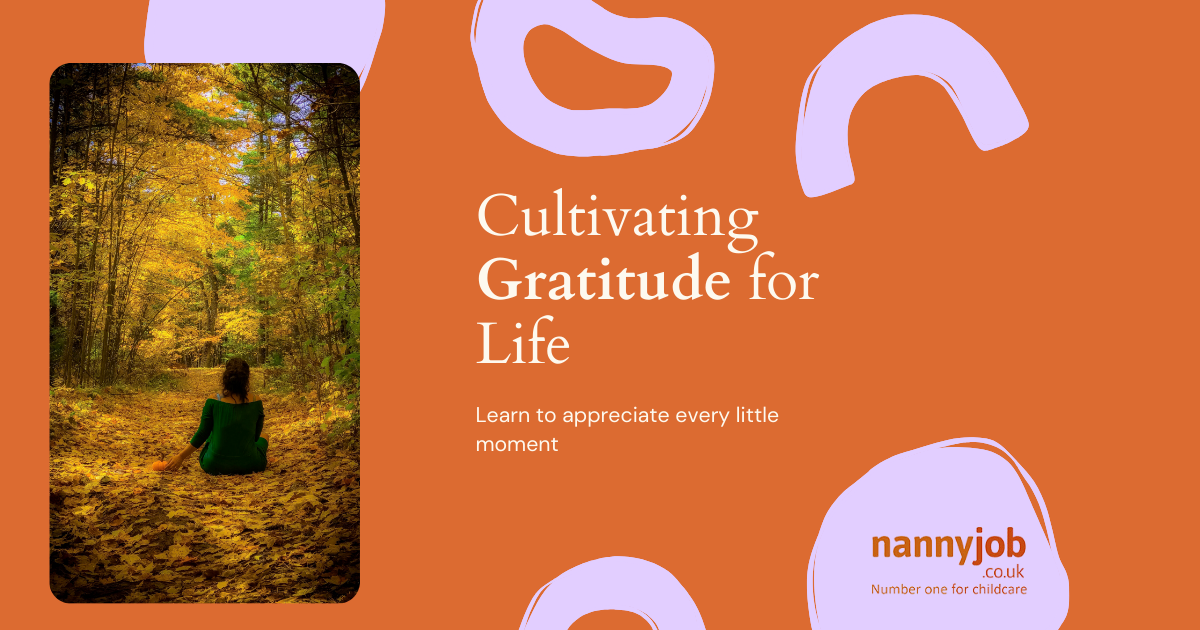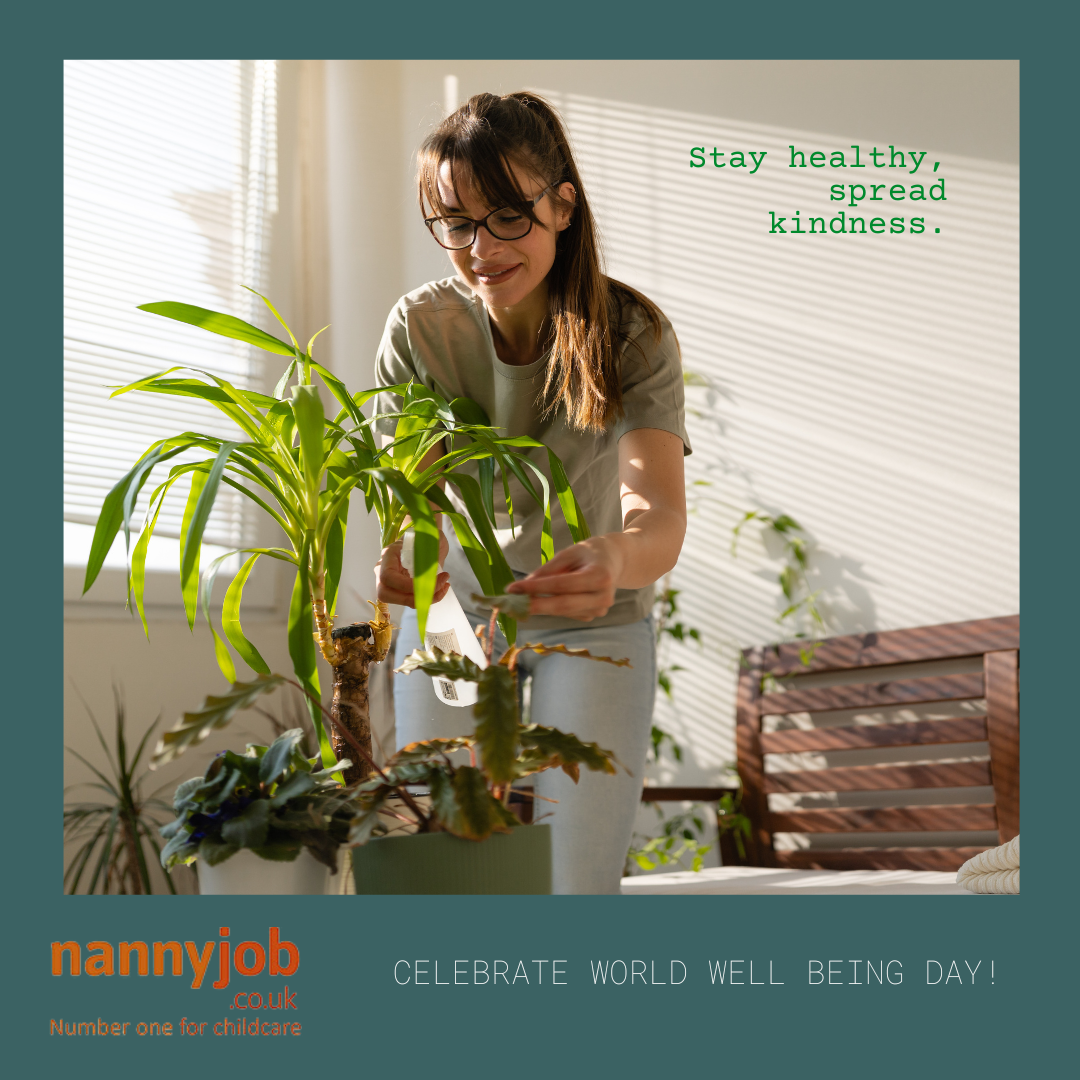Introduction
Community Garden Week is a celebration of shared green spaces and the people who nurture them. It’s also a fantastic opportunity to introduce children to gardening, sustainability, and the magic of growing things from the ground up.
Whether you have access to a community garden, a backyard, or even just a few pots on a balcony, gardening offers hands-on learning, emotional benefits, and a wonderful way to spend time together outdoors.
Let’s dig into the benefits of gardening for children, and how parents, nannies, and caregivers can encourage kids to get their hands dirty—in the best way!
 Why Gardening is Great for Children
Why Gardening is Great for Children

Watching a seed grow into a flower or vegetable takes time. Children learn to nurture, water, and wait, developing a sense of responsibility and care.

Being outside and connecting with nature can reduce anxiety, improve mood, and help children feel calmer and more grounded.

Kids are far more likely to try fruits and veggies they’ve helped grow themselves—goodbye picky eating, hello homegrown tomatoes!

Gardening naturally introduces concepts in science, maths, and nature, like life cycles, measurements, and weather.

Seeing something they planted bloom gives children a real sense of achievement and confidence in their abilities.
 Ways to Get Children Involved in Gardening
Ways to Get Children Involved in Gardening


You don’t need a big plot of land—herbs on the windowsill, a sunflower in a pot, or strawberries in a hanging basket are perfect beginner projects.

Child-sized gloves and tools make gardening more accessible and fun. Let them dig, plant, and water alongside you.

Choose fast-growing, colourful, or edible plants like:
- Sunflowers
- Strawberries
- Carrots
- Peas
- Marigolds

Paint plant pots, make garden markers, or create a bug hotel with twigs and leaves. Gardening becomes a full sensory, artistic experience!

Books like The Tiny Seed by Eric Carle or Oliver’s Vegetables by Vivian French help explain the garden world in fun, imaginative ways.
 Make It a Community Effort
Make It a Community Effort
Community gardens are great for:
- Social interaction and teamwork
- Learning from others who have gardening experience
- Sharing the harvest and helping children understand where food comes from
Get involved in your local garden, or if one doesn’t exist, start a mini project in your neighbourhood or school!
 Final Thoughts
Final Thoughts
Gardening with children isn’t just about growing plants—it’s about growing confidence, curiosity, and connection.
So, this Community Garden Week, grab your spade, get outside, and start planting seeds—not just in the soil, but in the hearts of future generations who will learn to care for the world around them.








